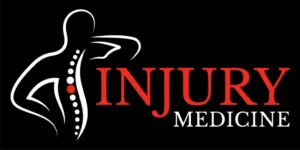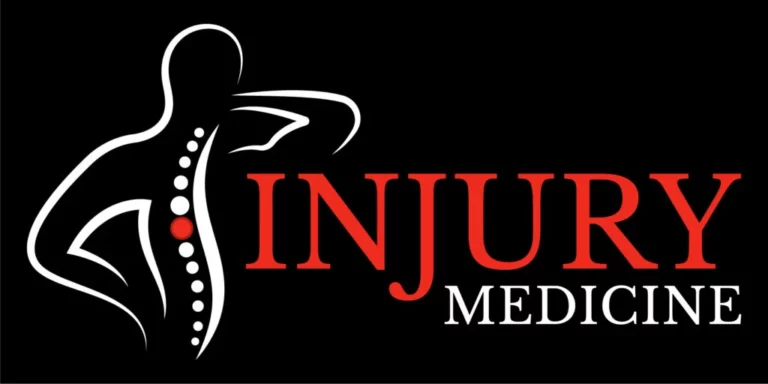- Minimally Invasive Procedures
Pain caused by accidents or illness can be devastating. Fortunately, minimally invasive procedures can help alleviate chronic pain and improve your quality of life. We’ll explore some minimally invasive treatments and what conditions they’re used for.
Stellate Ganglion Block
A stellate ganglion block can help relieve pain caused by conditions such as reflex sympathetic dystrophy and complex regional pain syndrome. An anesthetic solution is injected into the stellate ganglion located in the neck area during the procedure.
The stellate ganglion controls blood flow to the arms and hands, among other things. By blocking this nerve cluster’s activity, doctors can reduce inflammation and swelling in these areas, reducing pain levels.
Stellate ganglion blocks are often performed outpatient under local anesthesia or mild sedation. Patients typically experience some numbness or tingling in their arms for several hours after the injection but should be able to return home shortly afterward.
Sphenopalatine Ganglion Block
Sphenopalatine Ganglion Block is a minimally invasive procedure that can relieve chronic headaches or facial pain. This procedure involves injecting medication into the sphenopalatine ganglion, a cluster of nerves behind the nose.
The medication used in this block can help to reduce inflammation and interrupt pain signals, providing fast and effective relief for patients. It’s also worth noting that this procedure has minimal side effects and downtime, making it an excellent option for those looking to avoid more extensive treatments.
Peripheral Nerve Block
Peripheral Nerve Block involves the injection of an anesthetic around specific nerves in the body, blocking them from receiving pain signals.
This procedure is often used for conditions such as chronic headaches and migraines, as well as joint and muscle pain. It can also be effective in treating nerve-related injuries such as neuropathy.
However, like any medical procedure, there are risks involved with a peripheral nerve block. These include infection at the injection site or damage to surrounding tissue or nerves.
Spinal Cord Stimulators
Spinal Cord Stimulators can help alleviate chronic pain in patients who have not found relief through other methods. A small device implanted near the spinal cord sends electrical impulses to block pain signals from reaching the brain.
Spinal Cord Stimulators are typically used for patients with chronic back or leg pain caused by conditions such as failed back surgery syndrome, complex regional pain syndrome, or neuropathy. The patient controls the device, which can be adjusted based on their pain level.
The procedure starts with a trial period where temporary leads are inserted near the spine to see if it provides adequate relief. A permanent stimulator will be implanted into the patient’s body if successful.
While Spinal Cord Stimulators may not eliminate all sources of pain, they can significantly improve the quality of life for those suffering from chronic pain conditions.
Transforaminal Epidural Steroid Injection
A Transforaminal Epidural Steroid Injection delivers steroids directly into the epidural space surrounding the spinal nerve roots, reducing inflammation and alleviating pain.
A needle is guided through an opening in the spine (the foramen) during the procedure using fluoroscopic guidance. A local anesthetic is administered before injecting corticosteroids mixed with saline solution.
The procedure takes about 15-30 minutes to complete and may provide relief from back or leg pain caused by herniated discs, spinal stenosis, or degenerative disc disease.
Patients may experience temporary numbness or weakness after the injection but can return to normal activities within a few hours.
Transforaminal Epidural Steroid Injection has been shown to be effective in managing chronic pain. It’s important that this treatment be performed by trained professionals who are experienced in handling fluoroscopy equipment and administering injections.
Trigger Point Injection
Trigger Point Injection is used to treat pain in specific muscle areas known as trigger points. These trigger points are knots of muscles that form when the muscles do not relax and can cause pain, discomfort, and limited mobility.
During this treatment, a small needle is inserted into the trigger point area where local anesthetic medication or saline solution is injected. The injection helps to alleviate the pain by relaxing the muscles and allowing them to heal.
This procedure provides quick relief for patients experiencing acute or chronic pain caused by tight muscle fibers that have formed knots. It also has minimal side effects, such as mild bruising or discomfort at the injection site.
Trigger Point Injection can benefit people suffering from conditions such as tension headaches, fibromyalgia, lower back pain, neck problems, and sports injuries.
Contact Injury Medicine to Get the Best Minimally Invasive Procedures in Greenville!
If you’re still experiencing pain after a car accident, don’t hesitate to seek help. At Injury Medicine, we offer a range of minimally invasive procedures to help alleviate your discomfort and get you back on the road to recovery.
Our team of experienced professionals is dedicated to providing top-notch care in a comfortable and welcoming environment. We utilize the latest technology and techniques to ensure our patients receive the best possible outcomes.
So why suffer in silence? Contact Injury Medicine today at 864-866-PAIN or visit us online to schedule an appointment. Let us help you take control of your pain so you can get back to living your life.





